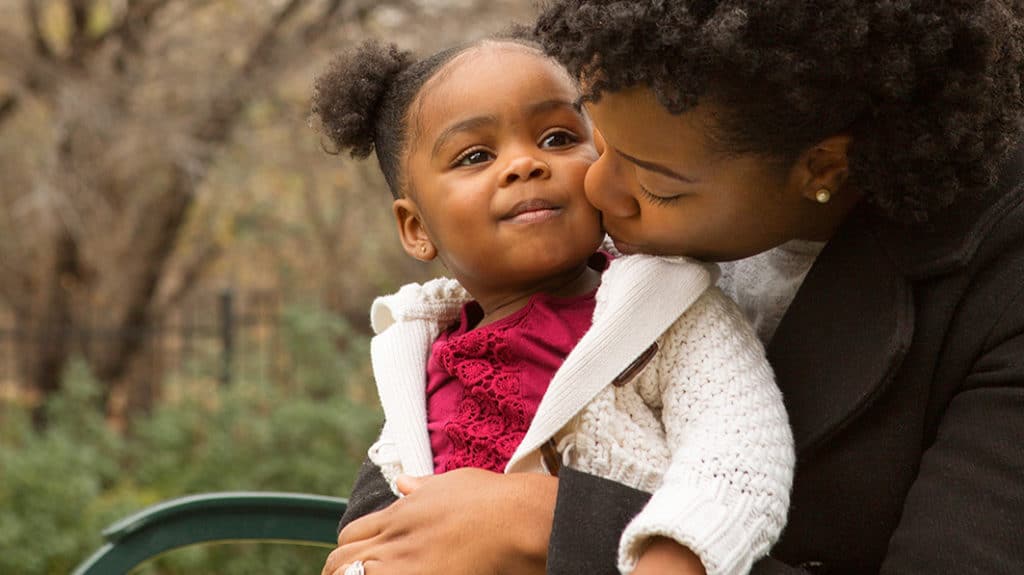
Sexual Attraction: Guiding Your Son to Respond Well
Has your son recently discovered that his reaction to girls is changing? Sexual attraction is normal. Here’s how you can help your son make sense of what is happening and guide him to respond well.

This article explains the difference between bonding and attachment, how attachment relates to forming healthy relationships, and what parents can do to foster secure attachment for healthy growth and development.
Estimated reading time: 4 minutes
You’ve heard it said “We’re made for relationship.” But did you know that the ability to relate well with others rests fundamentally on whether we were able to attach in infancy?
The words bonding and attachment so often get used interchangeably yet they have very different meanings.
Bonding is what a normal healthy adult will unconditionally do toward a child. Bonding is adult toward child.
Attachment on the other hand, is what a normal, healthy child will conditionally do if the infant assesses his environment is safe enough and if the primary caregiver is consistent enough to be relied upon. Attachment is child toward adult.
Secure attachment sets the stage for all following developmental stages. If a secure attachment and trust hasn’t been established your child will not develop a sense of his own autonomy. He will not gain the awareness that he can make a difference in the world or that he has something worth offering his family and his community. He will not be able to navigate the “identity crisis” of adolescence properly without secure attachment.
For a child to feel safe, his physical tangible needs must be met. He needs food, clothing, shelter and warmth. Additionally, he needs to be nurtured (to nourish, encourage, support, pour life into and help grow) and validated (to conform, approve of, give sanction to or establish as legitimate). While the tangible needs are easy to focus on because they’re see-able, nurture and validation are just as critical for a child’s ability to feel safe in his environment and with his caregiver. Nurture more easily comes from moms and validation more easily comes from dads. Either parent can do both so if you’re a single parent, don’t worry, you can cover both bases.
In addition to validation and nurture, children need structure (rules, order, routine, consistency, parameters, limits). A child needs structure in his environment and from his primary caregiver in order to be able to give him a sense of boundaries and safety. Balancing nurture with structure is very important and can be a difficult thing because it’s a moving target; it’s never the same from day to day. Healthy structure can be provided by:
Felt safety (the child’s awareness of being safe as well as actually being safe) along with playful interactions is what fosters secure attachment. Secure attachment sets your child on a path toward healthy, autonomous adulthood. You can create and foster an environment that helps your child trust and attach. Here’s how:
As a parent or primary caregiver of a young child, doing simple things like these, day after day in the context of a safe nurturing environment will help your child forge a strong and secure attachment to you.